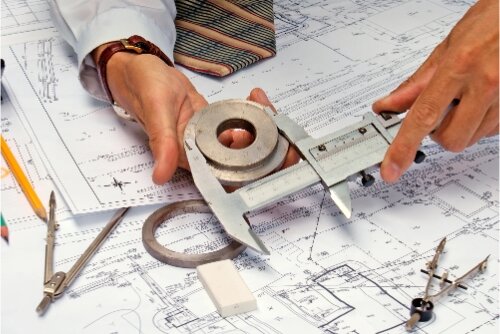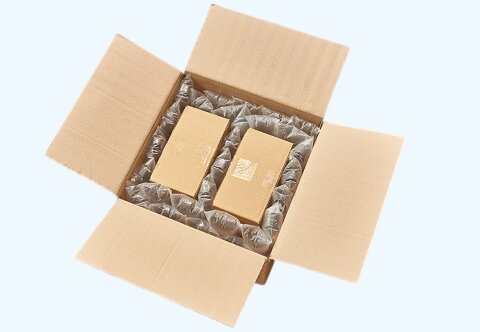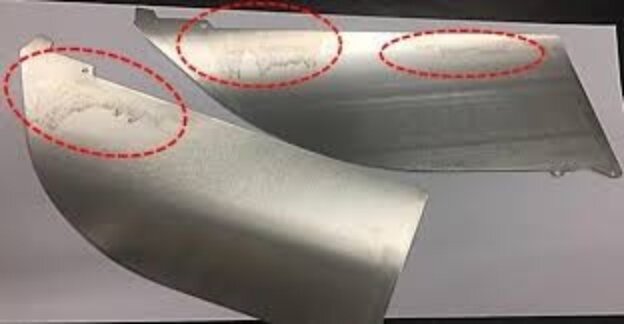Hard coat anodizing is often used to improve the durability and performance of metal surfaces, especially in demanding environments. Do your parts need to last longer, resist corrosion, or have a hard surface? Hard coat anodizing offers a proven solution that makes aluminum parts more challenging, wear-resistant, and better protected against corrosion.
The benefits of hard coat anodizing go beyond essential surface protection. Let’s explore how it works, its benefits, and where it’s used.
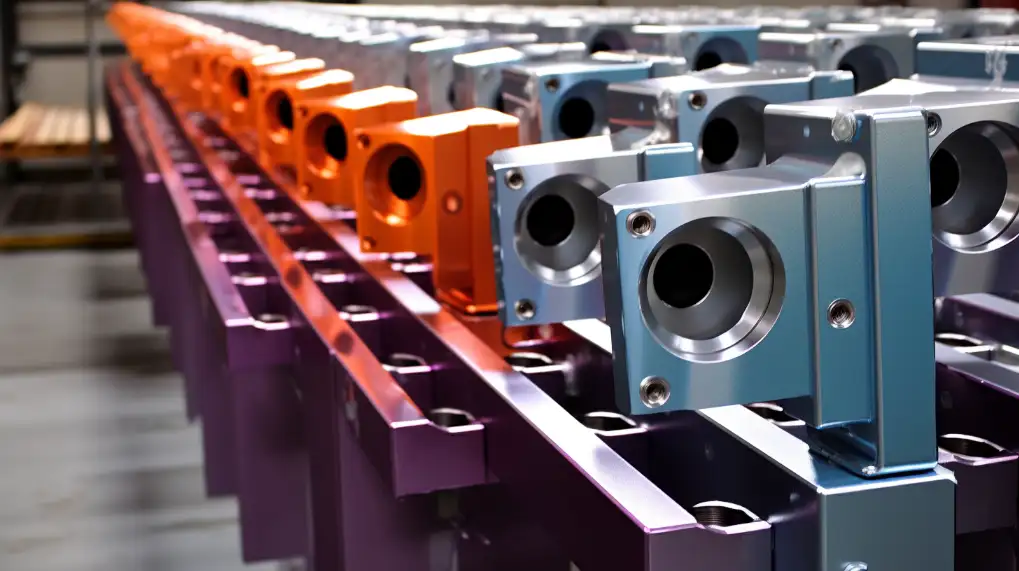
What Is Hard Coat Anodizing?
Hard coat anodizing, or Type III anodizing, produces a thick oxide layer on the surface of metal parts. This process uses an electrolytic solution, typically sulfuric acid, to create the oxide layer. The thickness of the oxide layer created during hard coat anodizing is usually between 25 to 250 microns, depending on the specific requirements.
The oxide layer is not just a coating; it is a part of the metal itself, making it durable and resistant to corrosion and scratching. This process works primarily with aluminum alloys, though it can also be applied to other metals.
Hard Coat Anodizing Process Step-by-Step
Hard coat anodizing involves several essential steps. Each one plays a key role in making the metal surface stronger, more durable, and resistant to wear. Let’s go through the process step by step.
Step 1: Surface Preparation
Before anodizing, the aluminum part must be cleaned thoroughly. It is typically washed in an alkaline or acidic solution to remove contaminants. After cleaning, it’s rinsed with water to ensure no residue remains.
Step 2: Electrolyte Solutions and Voltage Settings
The cleaned part is submerged in an electrolyte solution, usually sulfuric acid. An electric current is then applied, with the part acting as the anode (positive electrode) and a cathode (negative electrode) placed in the solution.
The voltage and current density are carefully controlled. Higher voltages create thicker oxide layers, but too much can cause burning or uneven coating. Typical settings range from 12 to 24 volts, depending on the desired thickness and part size.
Step 3: Time and Temperature Control
The part stays in the electrolyte solution for a set amount, usually between 30 minutes to a few hours. The longer it lasts, the thicker the oxide layer becomes.
Temperature also plays a key role. The solution is kept cool, often between 32°F to 50°F (0°C to 10°C), to prevent the part from overheating and to ensure a uniform coating.
Step 4: Post-Anodizing Treatments
Once the anodizing is complete, the part is rinsed to remove any remaining electrolytes. At this stage, the oxide layer is porous, which allows for optional dyeing if a colored finish is desired.
Finally, the part is sealed to close the pores and lock in the dye (if used). This is often done by immersing the part in hot water or a sealing solution.

Benefits of Hard Coat Anodizing
Hard coat anodizing provides many advantages that make it an ideal choice for improving the performance of metal parts. Let’s explore the key benefits of this process.
Increased Wear and Abrasion Resistance
The anodized layer is much more complex than raw aluminum, often reaching levels comparable to sapphire. This makes the surface less prone to scratches, dents, and other damage caused by friction.
Enhanced Corrosion Protection
Aluminum naturally forms a thin oxide layer, but it’s not enough to protect against harsh environments. Hard coat anodizing creates a thicker, more robust barrier that resists moisture, chemicals, and salt corrosion.
Improved Electrical Insulation
The oxide layer formed during anodizing is non-conductive. This makes hard coat anodized parts useful in electrical applications where insulation is needed.
High-Temperature Resistance and Durability
Hard coat anodizing can withstand higher temperatures than untreated aluminum. The oxide layer acts as a thermal barrier, protecting the base metal from heat damage.
Hard Coat Anodizing vs. Regular Anodizing
Both hard coat anodizing and regular anodizing are methods used to enhance the surface of the metal, but they have key differences. Let’s compare them to help you decide which best suits your needs.
Thickness of the Coating
Hard coat anodizing creates a much thicker oxide layer than regular anodizing. While regular anodizing typically produces a coating of 5 to 25 microns, hard coat anodizing can reach 50 to 100 microns or more.
Hardness and Impact Resistance
Hard coat anodizing significantly increases the hardness of the aluminum surface, often reaching 60-70 on the Rockwell C scale. On the other hand, regular anodizing provides a softer coating that’s more decorative than functional.
Visual Appearance and Aesthetic Qualities
Regular anodizing is often chosen for its aesthetic appeal. It creates a smooth, uniform surface that can be dyed in various colors. The finish is sleek and attractive, making it popular for consumer electronics or furniture.
While durable, hard coat anodizing tends to have a matte, grayish finish. It’s less about looks and more about performance. However, it can still be dyed for color, though the options are more limited than regular anodizing.

Common Applications of Hard Coat Anodizing
Hard coat anodizing is a versatile process that’s used in many industries. Let’s look at where it’s commonly used.
Aerospace Industry
In aerospace, every component must withstand extreme conditions. Hard coat anodizing is used on landing gear, engine components, and structural elements. The process ensures these parts can handle high stress, temperature fluctuations, and exposure to harsh environments.
Automotive and Military Uses
Automotive and military applications demand rigid, reliable materials. Hard coat anodizing is used for pistons, suspension components, and weapon systems, which face constant wear, impact, and exposure to the elements.
Electronics and Electrical Components
Hard coat anodizing provides electrical insulation, making it useful in electronics. It’s often applied to housings, heat sinks, and connectors to prevent short circuits and improve thermal management.
Medical Devices and Equipment
In the medical field, equipment must be durable, corrosion-resistant, and easy to clean. Hard coat anodizing is used on surgical tools, imaging devices, and diagnostic equipment.
Choosing the Right Materials for Hard Coat Anodizing
Not all metals are created equal when it comes to hard coat anodizing. Some materials work better than others, and selecting the right one can make a big difference in the final result. Let’s explore which metals benefit most and what factors to consider.
Metals That Benefit Most from Hard Coat Anodizing
Hard coat anodizing works best with aluminum and its alloys. These materials naturally form a strong oxide layer, making them ideal for the process. Common choices include:
- 6061 Aluminum: Known for its strength and versatility, it’s widely used in aerospace and automotive applications.
- 7075 Aluminum: Offers high strength and is often used in military and structural components.
- 2024 Aluminum: Known for its toughness, it’s commonly used in aircraft and heavy machinery.
Other metals, like titanium and magnesium, can also be anodized, but the process and results differ. For hard coat anodizing, aluminum remains the top choice.
Factors to Consider for Material Selection
- Alloy Composition: Different aluminum alloys have varying levels of silicon, copper, and other elements. These affect how well the material anodizes and the final properties of the coating.
- Part Geometry: Complex shapes or thin sections may require special attention during anodizing to ensure even coating.
- Intended Use: Consider the environment and stresses the part will face. For example, high-strength alloys like 7075 are better for heavy-duty applications.
- Cost: Some alloys are more expensive than others. Balance performance needs with budget constraints.
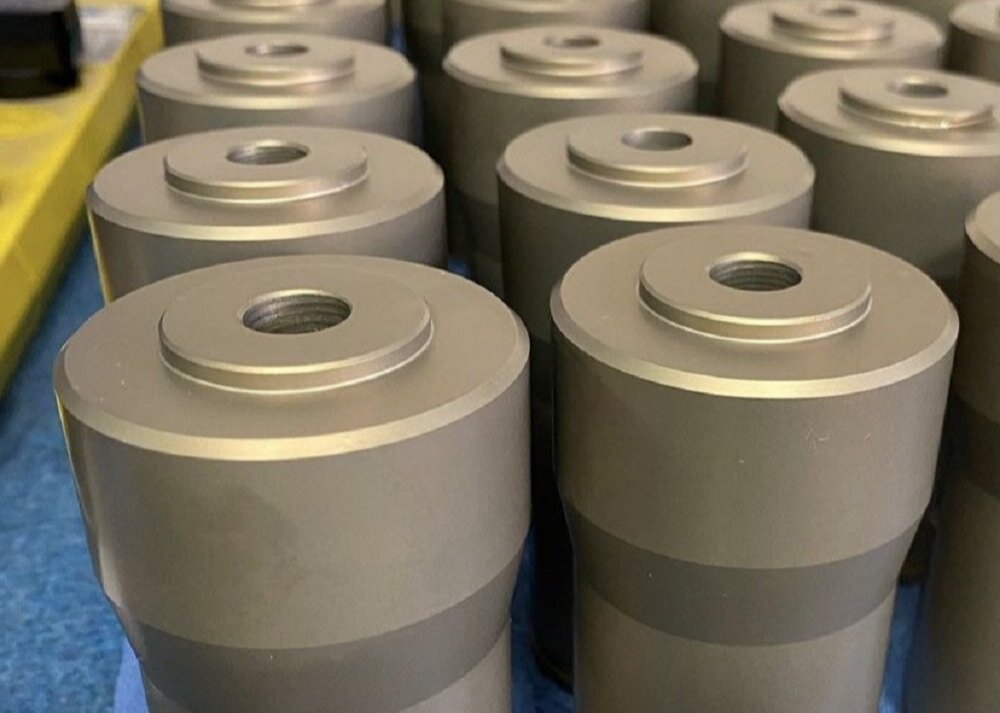
Factors That Affect the Quality of Hard Coat Anodizing
Several factors throughout the process can influence the quality of hard coat anodizing. Let’s examine the key elements that can impact the final result.
Impact of Temperature on the Anodizing Process
Temperature is a key factor in hard coat anodizing. It affects how the oxide layer forms on the metal. The layer can become uneven and thinner if the temperature is too high. The process slows down if it’s too low, and the oxide layer might not form properly.
To get the best results, the temperature must be controlled. For hard coat anodizing, the solution temperature is typically kept between 0°C and 5°C.
The Role of Acid Concentration and Additives
The concentration of the sulfuric acid and any additives in the electrolyte solution also impact the process. The acid concentration affects how quickly the oxide layer forms. Higher acid levels usually create a thicker layer.
Additives can also improve the anodizing process. Adjusting the acid concentration and additives can control the thickness and quality of the oxide layer.
Effects of Surface Finish Before Anodizing
The metal’s surface finishes before anodizing matters a lot. A smooth surface leads to a more uniform oxide layer. If the surface is rough or uneven, the coating might be inconsistent.
Metals that are polished, sandblasted, or lightly etched before anodizing usually give better results than untreated or damaged surfaces.
Conclusion
Hard coat anodizing is a robust process that enhances metal parts’ durability, wear resistance, and corrosion protection. Creating a thick, hard oxide layer makes metals more resistant to scratches, corrosion, and high temperatures.
Hard coat anodizing is an excellent solution if you need parts that can withstand harsh conditions. Contact us today to learn how this process can benefit your products and enhance their performance!
Hey, I'm Kevin Lee

For the past 10 years, I’ve been immersed in various forms of sheet metal fabrication, sharing cool insights here from my experiences across diverse workshops.
Get in touch

Kevin Lee
I have over ten years of professional experience in sheet metal fabrication, specializing in laser cutting, bending, welding, and surface treatment techniques. As the Technical Director at Shengen, I am committed to solving complex manufacturing challenges and driving innovation and quality in each project.


